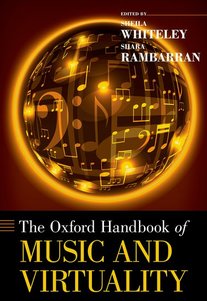 This month saw publication of The Oxford Handbook of Music & Virtuality, containing my chapter, "Hatsune Miku, 2.0Pac and Beyond: Rewinding and Fast-forwarding the Virtual Pop Star." In it, I survey a history of virtuality in pop music stars, from the Chipmunks and the Archies up to Gorillaz and Dethklok — many of the non-corporeal, animated characters that presaged current virtual pop stars like Hastune Miku and the Tupac resurrection.
1 Comment
What is a hologram?
Dictionaries say one thing, but popular discourse says much more. From its birth as a collage of post-WWII optical sciences through the 1970s, holography was an evolving but fairly easily defined practice. Its products were called holograms — photo-like film images that delivered a more three-dimensional view of the subject. Then "Star Wars" happened. "World Is Mine," sure, but Hatsune Miku is still working hard for the money in the United States. The Japanese Vocaloid sensation has enjoyed her widest exposure this year stateside, from opening the first leg of Lady Gaga's summer tour to her recent appearance as the musical guest on "The Late Show with David Letterman." Is it working to expand her audience here?
Per last week's rumors, Michael Jackson last night became the latest holo-resurrection in pop music's crescendoing digital-zombie apocalypse. As a highlight of the otherwise pointless Billboard Music Awards, the King of Pop (now five years in the grave) appeared as a simulated hologram and performed "Slave to the Rhythm," an elaborate promotion of his new posthumous album out now, "Xscape."
Good luck, however, finding video of the spectacle this morning. Sony's lawyers seem to have pulled an all-nighter slapping down YouTube links — the metaphor of opening the performance with ominous music and a riot-line of dancers dressed as crypto-corporate soldiers was not lost here — except for the official MJ account, where the performance is shown in full here ... (photo by @notalyce) It's conference month for me — this time to Theorizing the Web, last weekend in New York City. Specifically, fitting the group's un-conference feel, in a warehouse in Williamsburg.
TtW is a gathering of ridiculously smart people working on projects related to network analysis, social media, human-computer interaction, and all manner of online and infrastructure theory. After the buzzworthy performance by the Tupac Shakur “hologram” at Coachella 2012, producers of the illusion frothed with speculation about and promises of the holo-zombie pop apocalypse to come. “This is just the beginning,” promised Ed Ulbrich, chief creative officer for the company that had designed the display. Dr. Dre, whose original idea it was to create the digital performance, began discussing plans to tour 2.0Pac, as well as using the same technology to resurrect other dead pop stars, including Jimi Hendrix and Marvin Gaye, and officials at Musion Systems, the London company that created the projection technology, voiced hopes in the press to create “hologram” versions of Kurt Cobain, Michael Jackson and Whitney Houston (who had just passed away two months prior to the 2.0Pac premiere), even pairing a digital Elvis Presley with (shudder) the real Justin Bieber.
Thankfully, frankly, little of that materialized, so to speak. The most we’ve gotten were last summer’s resurrections of two more dead rappers, Eazy-E and ODB, as a centerpiece of the Rock the Bells tour, plus occasional oddities, such as X-Japan’s Yoshiki using the tech this month to perform a piano duet with himself. A lawsuit filed last week, however, has revived more Barnum-esque barking about death-defying concerts to come. The first time I saw Hatsune Miku in concert, I started scribbling notes. “It’s Rei Toei!!” was the first thing I wrote. That was the 2011 Live in Sapporo show, simulcast to movie theaters in nine U.S. cities. Last weekend, celebrating the Japanese digital idol’s sixth birthday (well, her sixth 16th birthday…), Miku’s Magical Mirai concert was broadcast on delay to just two cities here (LA and NYC) — but the show was a remarkable improvement and a blockbuster performance all around. I couldn’t help but scribble more notes, including this possibly more telling one as Miku appeared with a guitar: “Transformation to Madonna complete.”
|
this blahg
I'm THOMAS CONNER, Ph.D. in Communication & STS, and a longtime culture journalist. Categories
All
Archives
June 2024
|
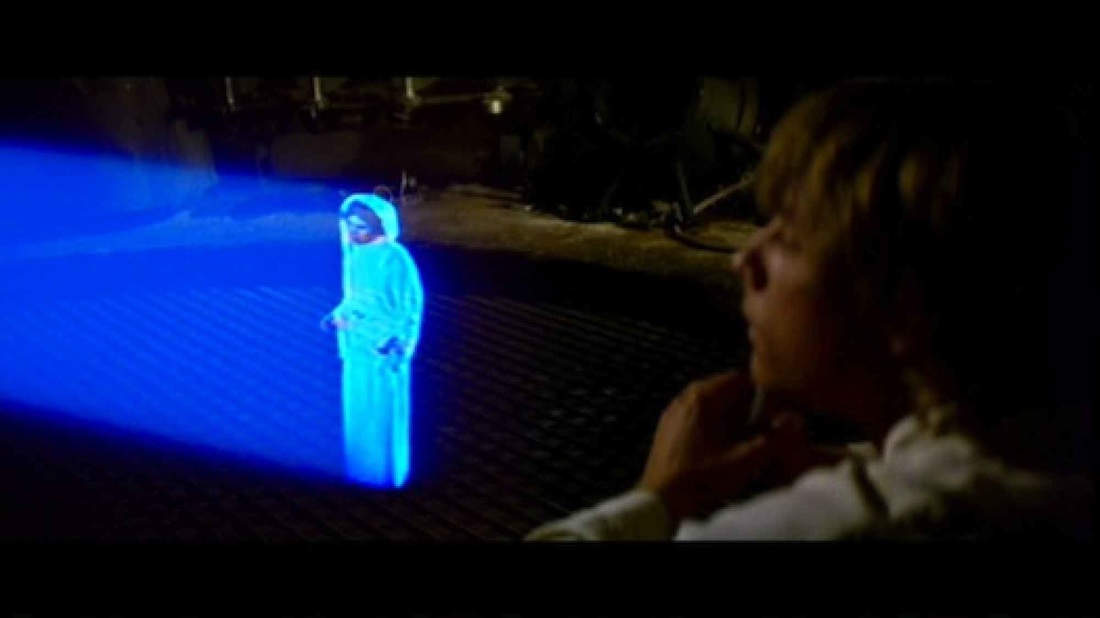
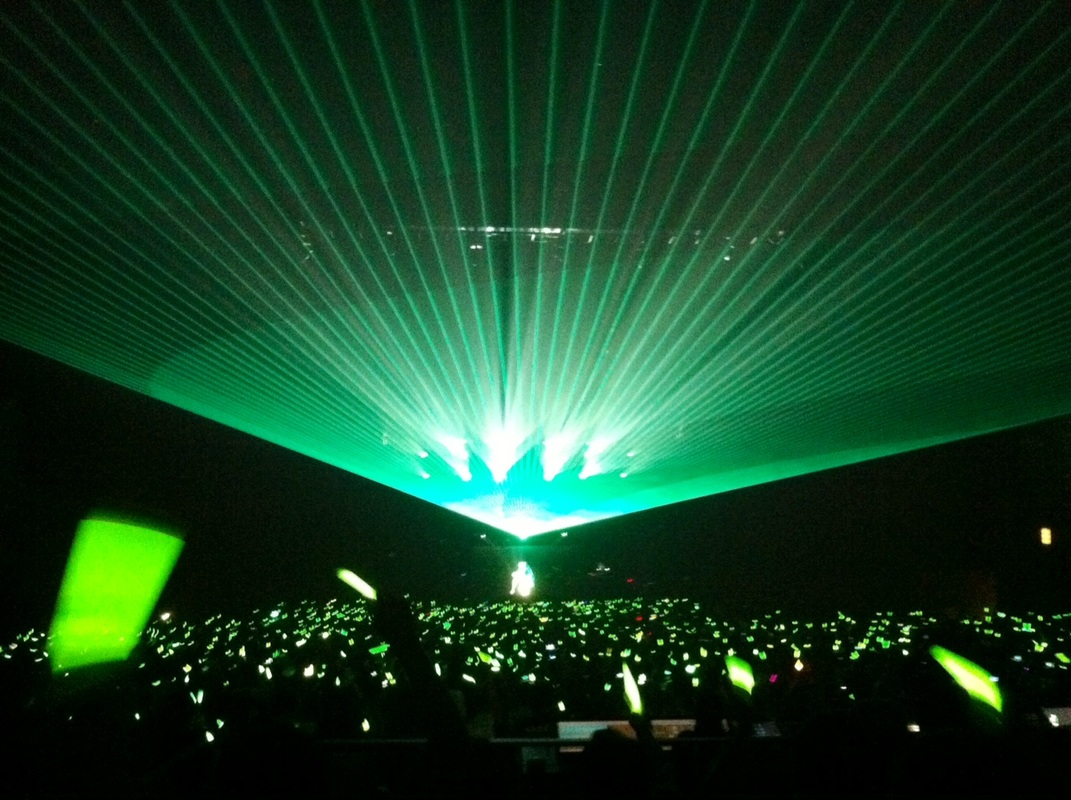
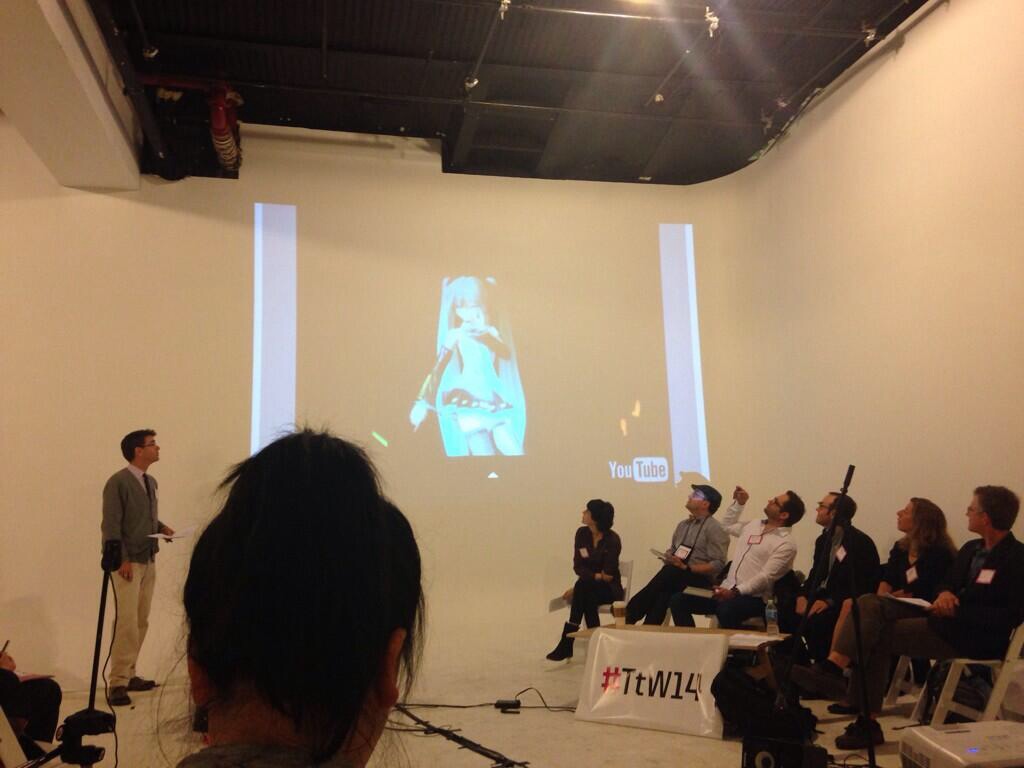
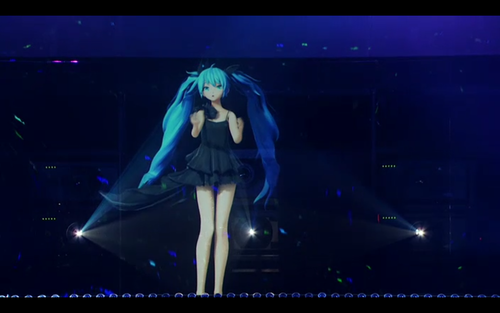

 RSS Feed
RSS Feed